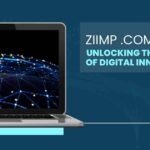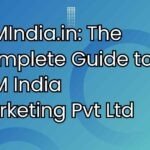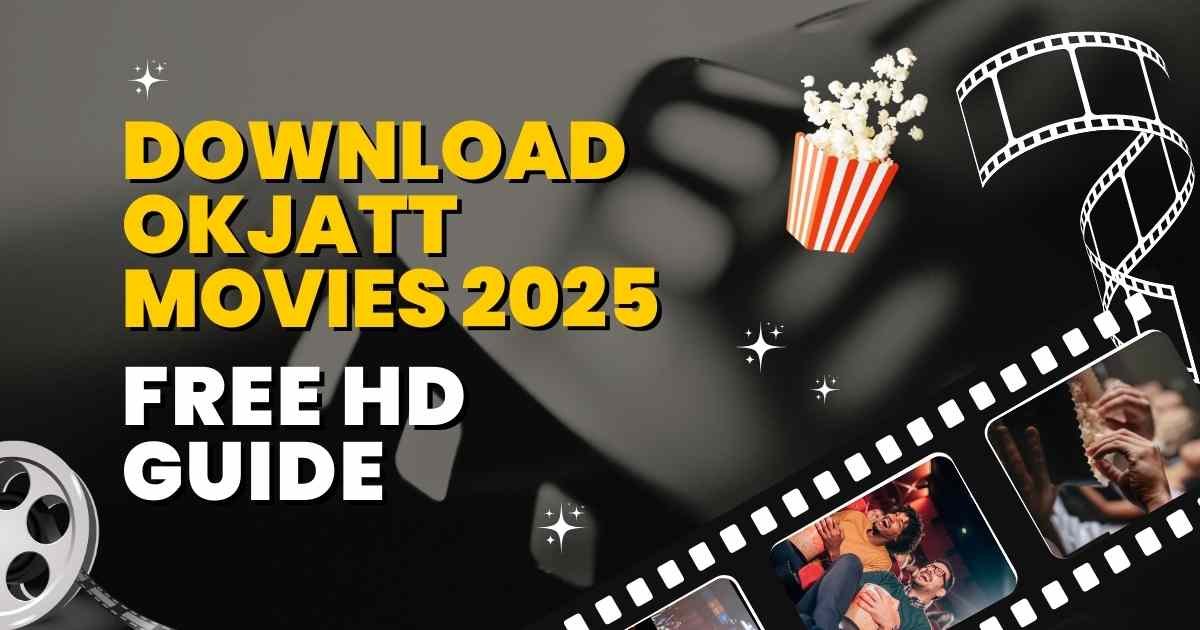Introduction — Unveiling the Hidden Layer
What if beneath the surface of modern innovation lies a mysterious force—an oracle of foresight—quietly shaping our destiny?
That is the realm of the Baba Vanga prophecy, a cryptic yet electrifying undercurrent in our collective imagination.
In this article, we peel back layers of myth, meaning, and mystery to see how this prophecy resonates in AI, society, business, design, and education.
Follow on this journey to uncover how an ancient whisper can still echo in our digital age—and what it means for humanity’s identity.
1. What Is the “Baba Vanga Prophecy”?
At its core, the Baba Vanga prophecy refers to the visionary predictions of Vangelia Pandeva Gushterova—better known as Baba Vanga, a Bulgarian mystic.
She claimed to receive insights into future events—from global crises to technological breakthroughs.
Whether factual, speculative, or fiction, this prophecy has become a metaphorical lens: a hidden blueprint of future possibilities, shaping our narratives.
2. Origins — From Folk Seer to Digital Archetype
Baba Vanga began as a humble Bulgarian blind woman, revered for uncanny foresight by mid-20th century.
Her predictions spread by word of mouth, evolving into legend.
Philosophically, it reflects humanity’s perennial desire to glimpse what’s next—our hunger for foresight in uncertainty.
In today’s digital age, “Baba Vanga prophecy” becomes a metaphor for emergent patterns in AI data, trends forecasting, and collective intuition online.
3. Real-World Applications Across Sectors
3.1 AI & Technology
In AI, forecasting models act like modern prophets—using data’s pulse to anticipate outbreaks, trends, or market shifts.
Just as Baba Vanga listened for signs, AI listens to data streams.
Example: predictive analytics forecasting disease spread—our digital oracle in action.
3.2 Society & Culture
Societal trends—like viral memes or social shifts—often feel foretold when one sees them coming.
Communities sense change before it’s labeled.
The “prophecy” is then the phrase we retroactively assign, not unlike naming a trend after it’s happened.
3.3 Business & Economics
Companies use consumer-behavior foresight to innovate.
Market-watchers who see a product direction early become the “Baba Vanga” in business.
A startup predicting demand for sustainable goods emerges as the oracle of green markets.
3.4 Design & Creativity
In design, anticipating user needs is prophetic.
The designer who senses an intuitive interface need before users do plays the Baba Vanga role.
Good design feels destined.
3.5 Education & Learning
Educators who foresee learning gaps or future skills craft forward-looking curricula—like rural schools predicting which digital tools will matter next.
This foresight equips learners with prep before the wave arrives.
4. Comparison: Prophecy vs. Protocols vs. Traditional Models
| Aspect | Baba Vanga Prophecy (Metaphor) | Protocols / Traditional Models |
|---|---|---|
| Basis | Intuitive, emergent vision | Formal rules or validated data |
| Flexibility | High—adaptable to new signals | Fixed—designed for known conditions |
| Use Case | Trend-spotting, innovation foresight | Execution, stability, control |
| Strength | Captures unknown unknowns | Reliable within known parameters |
| Risk | Misinterpretation, overreach | Rigidness, blind-spots for disruption |
— Prophecy is about sense-making at the edge; protocols govern the center.
5. Future Implications: Ethics, Risks & Opportunities
- Ethics: Leaning on “prophetic” models in AI raises bias concerns—false foresight can mislead.
- Risks: Overreliance on forecasts may shut out diverse perspectives.
- Opportunities: Balanced use—pairing intuition with validation—can spark inclusive innovation.
- Like a two-blade scale: prophecy fuels creativity; ethics ground it.
6. Designing for “Baba Vanga” Insight
Best Practices:
- Blend data and intuition: Use quantitative signals but value qualitative hunches.
- Iterate quickly: Test “prophetic” ideas in small pilots.
- Include diverse voices: Expand what signals you attend to.
- Reflect and recalibrate: After an idea “foretold” plays out, analyze why—build pattern-recognition.
- Document insights: Capture what felt prophetic to train future foresight.
7. Conclusion — The Human Meaning Beneath the Oracle
The Baba Vanga prophecy stands not as mystical truth, but as a beacon reminding us: hidden layers—intuition, signals, early momentum—shape who we are and where we’re going.
Innovation, identity, culture—they often emerge from unseen currents.
By honoring both logic and the prophetic pulse, we reclaim meaning—and make choices that resonate well beyond spreadsheets and blueprints.
8. FAQ (5 Questions, Simple Language)
Q1: What does “Baba Vanga prophecy” actually mean?
It’s a metaphor for insight that seems ahead of its time—like a prediction. It comes from the stories about Baba Vanga’s visions.
Q2: Is it real or just a story?
It’s part real (her reputation), part legend. Here, it’s used as an imaginative tool for thinking about insights.
Q3: Why compare it to AI or business?
Because in those fields, people look for early signals or trends—like seeing the future early.
Q4: Can we trust these “prophetic” insights?
We should be careful. They can help us innovate—but need to be checked, tested, and balanced with real data.
Q5: How can I use this idea in my work or study?
Stay open to small signals, try quick tests of ideas, invite different viewpoints, and write down what feels like foresight.











